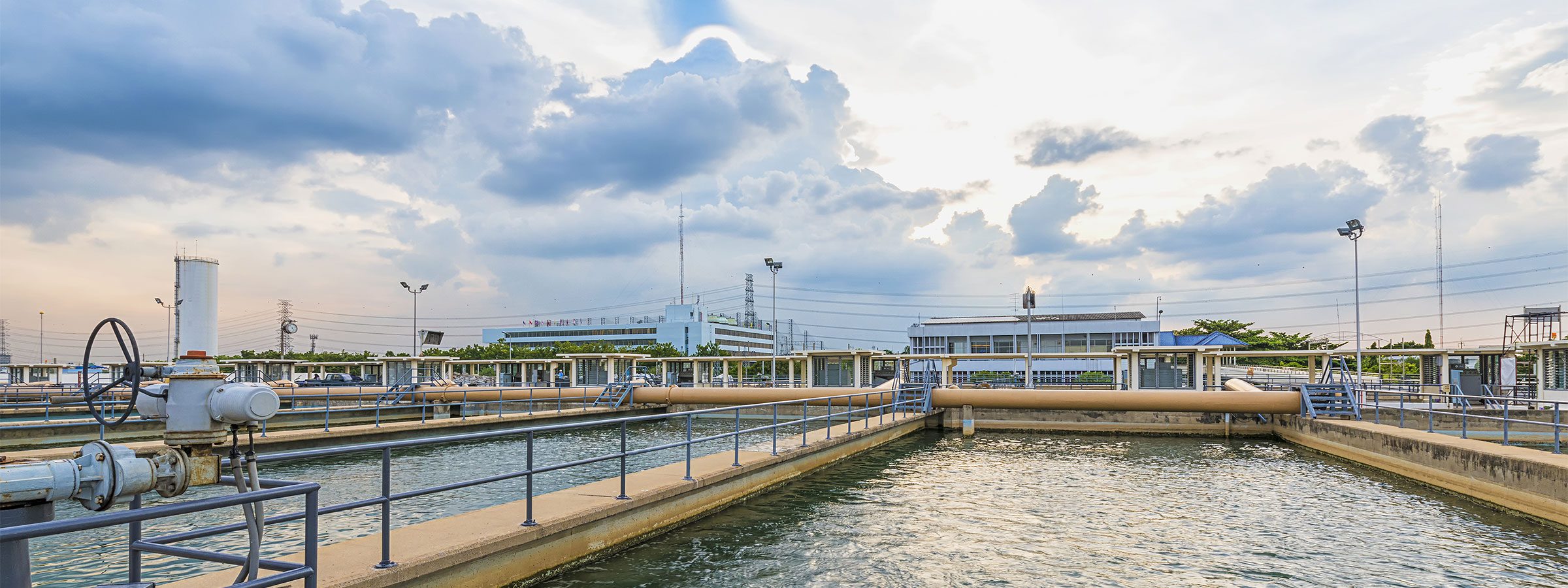pH Neutralisation of wastewater is a critical step in most industrial wastewater treatment processes. There are a multitude of regulatory requirements regarding wastewater discharge. Wastewater producers should consult with their local authorities for specific requirements as they can vary by region.
The aim of neutralisation is to modify acidic wastewater to a neutral or target pH level before discharge. Any company that discharges into sewer systems, lakes, streams or other surface waters are required to neutralise this effluent before allowing it to be discharged or treated further in biological processes, such as anaerobic or activated sludge. Non-compliance could result in fines and other consequences. In many instances, recording the pH of the discharge is also required.
Chemicals used to neutralise wastewater
Traditionally, sodium hydroxide (caustic soda) and calcium hydroxide (lime) have been used to neutralise acidic solutions. However, these compounds are reactive and can cause high pH levels if not controlled correctly. The Magmex range is the environmentally friendly answer to the pH control of acidic wastewater.

pH Control Systems
Many wastewater plants operate a system that automates the monitoring and controlling of pH in the effluent by chemical addition.
In a typical system, effluent flows into a holding tank where a pH sensor measure the pH of waste. The controller has a pre-set pH target for the effluent and the waste is tested to be in compliance with this. If the waste isn’t compliant with this target, pumps are used to inject alkaline or acidic solutions to balance the effluent to the correct level. The solution is continuously mixed via agitators whilst this is going on to ensure a fair and representative measurement is taken from the pH sensor, as well as ensuring the effluent is mixed with any chemicals that may be added to balance the pH.
After the neutralisation is completed, and the effluent has been balanced to an acceptable pH level, it is discharged to waste. As the effluent is discharged, a pH sensor takes a final reading of the pH level which is recorded.






